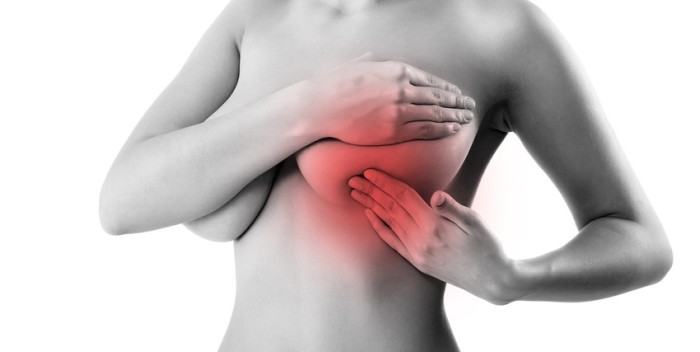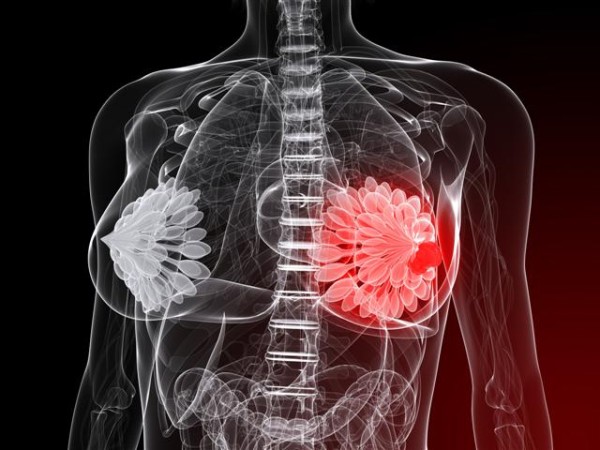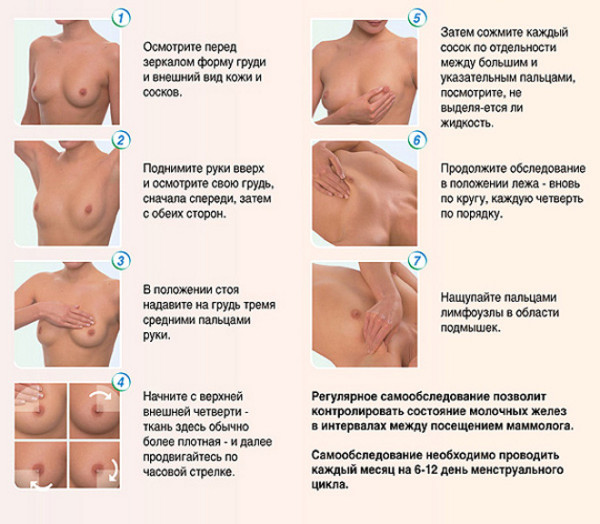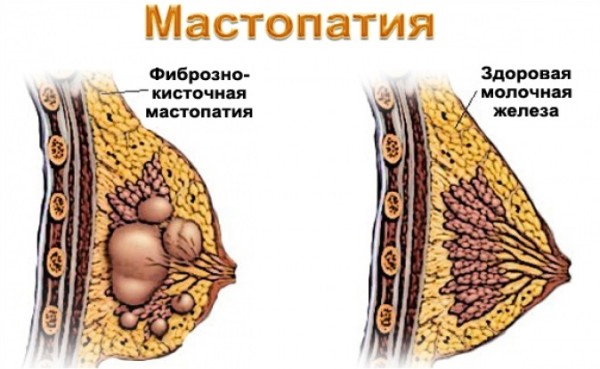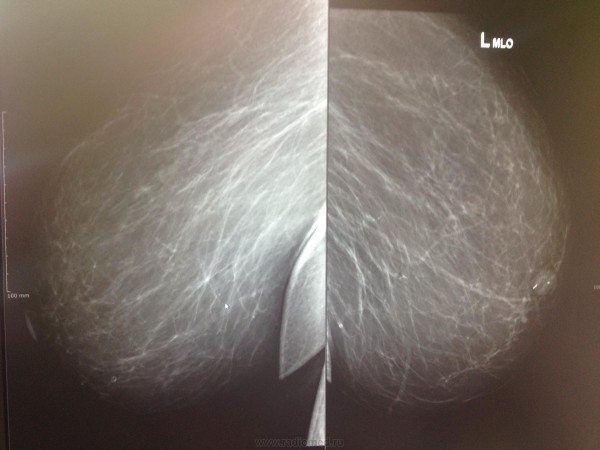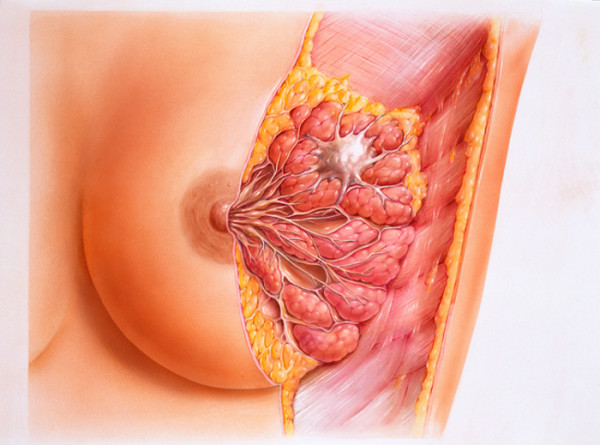Mastopathy: causes, symptoms, treatment
Every woman is especially attentive to the condition of her breasts. Painful swelling is alarming, especially if it persists after menstruation. The presence of pain is a reason to consult a doctor in order to exclude the presence of mastopathy. This disease of the mammary glands is considered benign, it manifests itself in the proliferation of the connective tissue of the breast. Do not take this disease lightly. In addition to feeling unwell in a sick woman, mastopathy can even cause cancer.
Content
Breast mastopathy: causes
The main causes of the disease are:
- Imbalance of hormones in the body as a result of malfunctioning of the ovaries.
- Inflammation of the female reproductive system.
- Sexually transmitted diseases.
- Abortion and uncontrolled use of oral contraceptives.
- Refusal to breastfeed the baby.
- Stress conditions, diseases of the nervous system.
The metabolism of the sex hormones estrogen plays an important role in the development of the disease. Under the influence of various factors, estrogens change and become "bad" or "dangerous". The predominance of bad hormones can lead to the development of benign tumors. If the body accumulates a lot of dangerous hormones, then DNA damage occurs in the cells, leading to cancerous degenerations.
Bad hormones provoke an imbalance between the epithelial and connective tissues, hyperplastic processes begin in the proliferation of tissues.
The disease begins with the onset of chest pain before menstruation. The discomfort that goes away after critical days is called mastodynia in medicine. If you do not start treatment, then the localization of pain expands to the axillary region, arm. The duration of pain also increases, benign seals form in the tissues. Diseases in this stage are called mastopathy.
Mastopathy: symptoms
Breast disease is diagnosed when the following symptoms are present:
- The mammary glands become heavy, swell, a feeling of fullness appears.
- Pain in the mammary glands, radiating to the armpits.
- Seals and nodes appear in the chest.
- From the nipples, a clear liquid or blood is released.
- The skin of the nipples is covered with cracks, nipple retraction is observed.
- In the armpits, the lymph nodes increase in size.
The type of disease, as well as the psychological characteristics of a woman, affect the severity of symptoms. The presence of other chronic diseases increases the symptoms of mastopathy.
Types of mastopathy
In medicine, the following types of disease are distinguished:
- Diffuse. The initial stage of the disease, manifested in the appearance of nodules, small seals in the tissues of the mammary glands. Discomfort occurs during menstruation.
- Nodal. Progressive stage in which neoplasms can be felt on palpation. Their size can be from a pea to a walnut. At this stage, the pain does not stop with the end of the cycle. There is an increase in lymph nodes.
- Fibrocystic. The combined form in which tissue proliferation causes the appearance of small neoplasms and nodules. Their clusters form conglomerates - cystic cavities, inside which there is fluid. The disease is accompanied by severe pain, discharge from the chest.
To detect the disease, an ultrasound or mammogram is done.
Cystic mastopathy
This form of the disease most often occurs in women over 54-55 years old. During this period, there are serious hormonal changes in the body associated with an increase in the volume of estrogen produced. The thoracic passageways are no longer able to conduct fluid, they are clogged. As a result, fluid accumulates in the lobes of the breast, forming seals called cysts.
With cystic mastopathy, one or more cysts may form. They are hollow neoplasms, bounded on the outside by connective tissue, and filled with fluid on the inside. The shape of the cysts may be irregular, the boundaries are clear, the structure is elastic. Symptoms of the disease of this form are typical for all types: breast tenderness, which intensifies before critical days, the presence of discharge from the nipples.
Fibrous mastopathy
This type of disease is most often diagnosed in women aged 24-45 years. With fibrous mastopathy, connective tissue formations, called fibrosis, predominate in the breast. Negative changes begin in the interlobular connective tissue. Then there is an overgrowth of intraductal tissue, causing a decrease in the lumen of the duct. As a result, the duct can be completely overgrown.
The disease is accompanied by the appearance of increasing pain in the second half of the cycle. Pain sensations can be detected in the armpit, shoulder. There is no discharge from the breast. On examination, heavy, dense areas of the chest are revealed, as a rule, in the area of the outer-upper quadrants.
The photo shows the fibrocystic type of the disease.
How to treat mastopathy
The appointment is determined by the doctor on an individual basis, in accordance with the type and stage of the disease. There are conservative and surgical methods of treatment. In this case, medical treatment can be hormone-containing or non-hormonal, it is used only with a diffuse type of disease.
- Non-hormonal therapy. It can be used as the main treatment or in combination with hormonal agents. Maintaining a healthy lifestyle is imperative. Women with diffuse mastopathy take:
- Vitamin complexes containing groups C, E, A, B.
- If there are no contraindications from the endocrine system, then iodine preparations are prescribed. They regulate the activity of the thyroid gland, reduce polyferative activity in tissues.
- With the psychosomatic nature of the disease, sedatives of herbal origin are prescribed, consultations of a psychotherapist.
- To relieve pain, non-steroidal anti-inflammatory drugs are used.
- Homeopathic remedies that reduce the content of prolactin in the blood, eliminating pathological processes in the mammary glands. The course of admission is long.
- Phytotherapeutic drugs.
- Enzyme agents with immunomodulatory, decongestant, anti-inflammatory effects.
- Hormone therapy. The use of hormone-containing drugs allows you to regulate the hormonal background, has a positive effect on the tissues of the mammary glands. As part of the therapy, the following are prescribed:
- Drugs that suppress prolactin production, such as Parlodel. The medicine is taken 10-25 days of menstruation.
- Gestagens, for example, Utrazhestan, Duphaston. Accepted in the 2nd half of the cycle.
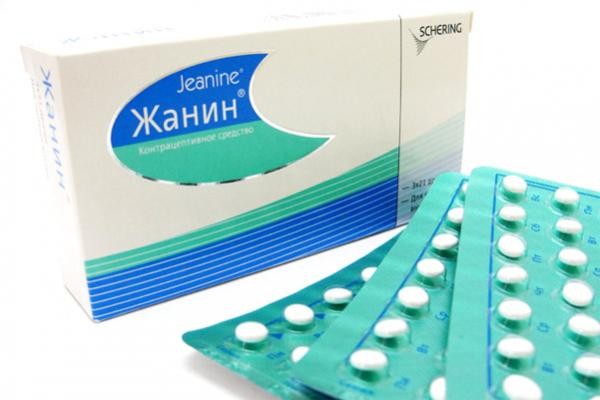
- Oral contraceptives indicated for use in women under 35 years of age, in the detection of violations of the luteal phase, lack of ovulation.
The appointment of hormone-containing drugs is made after examining the hormonal background.
The surgical method of therapy is used for nodular mastopathy, if the patient has fibroadenomas larger than 20 mm or large cysts. With small sizes of nodes, it is possible to postpone surgery, to be observed by a mammologist. Surgical intervention is divided into 2 types:
- Sectoral resection, in which the breast sector is removed along with the tumor. This type of operation is performed when breast cancer is suspected.
- Enucleation, in which only the neoplasm is removed. The operation is indicated with active growth of fibroadenoma, when its size doubles in 3 months.
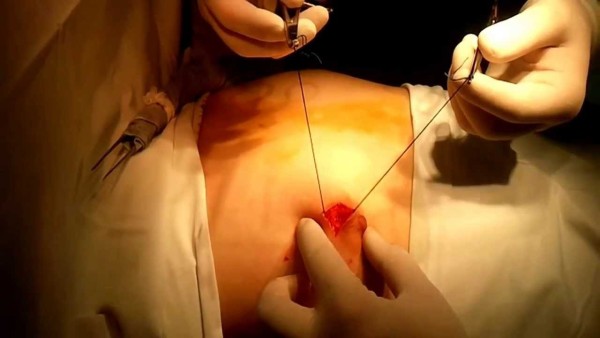
If the cyst is small, then it is punctured to pump out the liquid. The procedure is performed under local anesthesia and takes no more than an hour. Hospitalization is not required, the stitches are removed after a week.
As part of complex therapy, it is recommended to change the lifestyle, food addictions. Tea, coffee, chocolates and candy. Methylxaptins contained in these products cause disease progression in a diffuse form and increase pain. Nutrition must be correct, mainly meat, fish, plant foods. You need to sleep more than 7-8 hours, avoid stress.
Lingerie must be selected in the required size and shape to avoid deformation of the chest, overloading of the ligaments. If a disease in any form is detected, it is forbidden to warm the chest in the sun, in a bath or sauna, in a solarium.
Alternative treatment of mastopathy
The use of folk methods allows you to speed up recovery with complex or self-treatment. Effective remedies:
- Squeeze the juice from elderberries, then take it before breakfast and dinner, 1 tbsp. l slowly. Elderberries contain a large amount of vitamins, antioxidants that slow down the growth of neoplasms. Treatment continues for several months, after six months all symptoms should disappear.
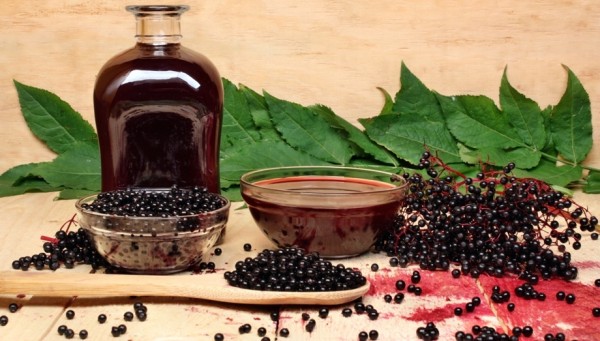
- Apricot kernels contain vitamin B17, which helps in the treatment of cancer. Eat them, 5-10 pieces daily until the condition improves.
- Herbs containing a large amount of phytohormones also help restore hormonal balance and cure disease. On different days of the cycle, you must take a certain infusion. From the beginning to the fifth day - an infusion of wormwood, which enhances blood flow during menstruation. Then, until the 15th day, take a broth of sage, then an infusion of borax uterus. For the preparation of broths 1 tbsp. dry grass is poured into 1 tbsp. boiling water. Take 1 tbsp. l. three times per day.
To reduce pain in the chest, compresses are made from cabbage, rye bread. It is recommended to replace vegetable oil with linseed oil. It contains many phytoestrogens and helps in the treatment of the disease.
Mastopathy treatment: reviews
Marina, 25 years old, Moscow: “After giving birth, I did not breastfeed my son. A year later, a small cyst was found. Hormonal drugs were prescribed. I had to give up tanning in the solarium. After 3 months, the growth of the cyst stopped, the doctors are still observing the dynamics. "
Anastasia, 45 years old, Voronezh: “A year ago, the hormonal system began to malfunction, and the weight began to grow. Before that, she took oral contraceptives for a long time. I made a mammogram, found fibroadenoma. While the size is less than the critical one, 13 mm. Hormones, vitamins and immunomodulators were prescribed. After 3 months, the neoplasm decreased in size. I continue the treatment. "
